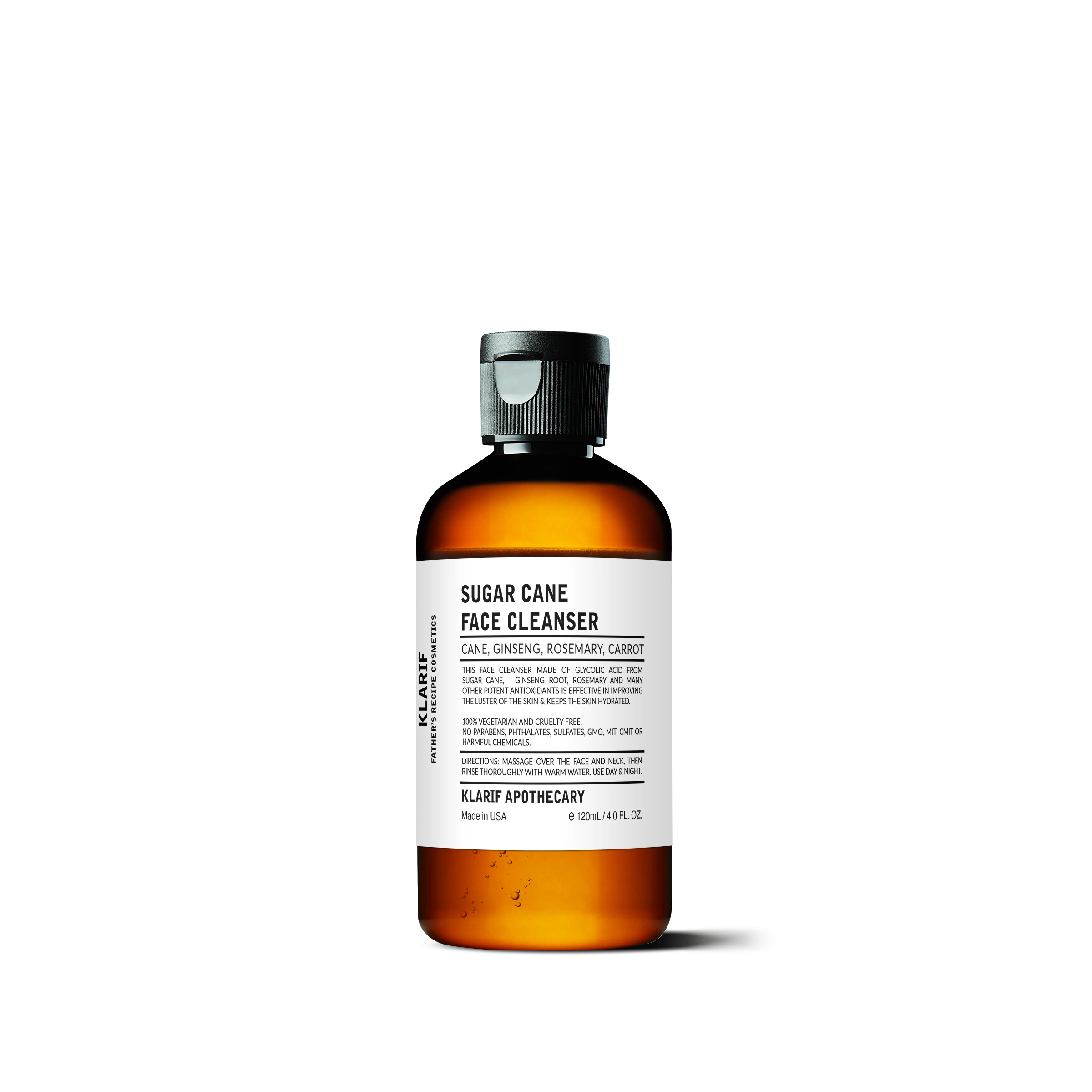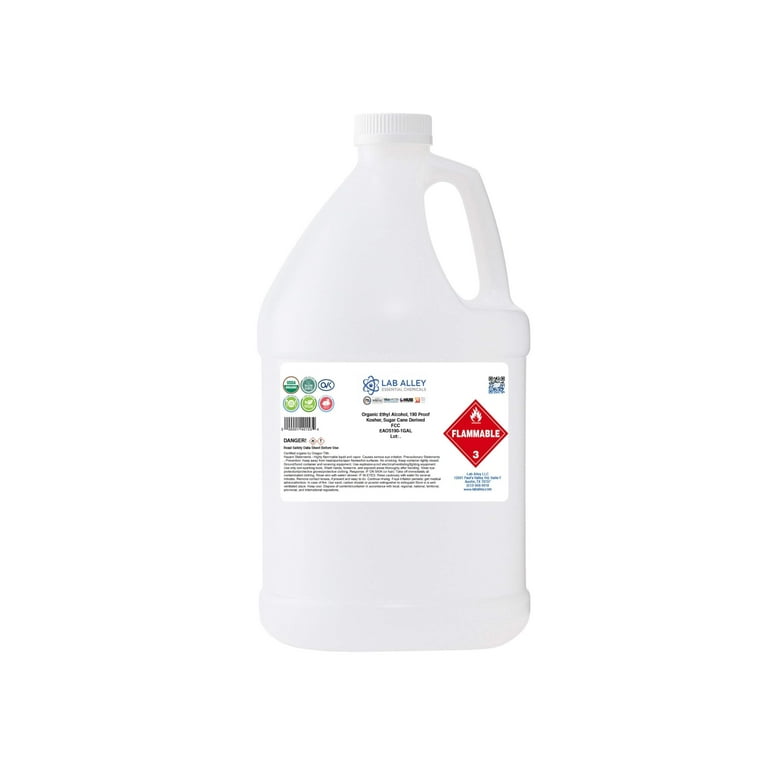Checking Out the Versatile Uses of Sugar Cane Beyond Sugar
Sugar Cane is usually linked solely with sugar, yet its applications prolong much past. This flexible plant plays a critical role in various sectors, consisting of biofuels and bioplastics. Furthermore, its fibers add to sustainable building and fabrics. The financial ramifications of sugar Cane production even more underscore its significance. As advancements proceed to arise, the possibility of sugar Cane to drive economic and eco-friendly innovations comes to be increasingly noticeable. What various other surprises does this durable plant hold?
The Role of Sugar Cane in Biofuels
As countries look for lasting energy resources, sugar Cane has emerged as a vital gamer in the biofuels sector. This exotic plant is abundant in sucrose, which can be fermented to create ethanol, a renewable gas choice to nonrenewable fuel sources. The growing of sugar Cane for biofuel manufacturing not only reduces greenhouse gas discharges however also adds to energy safety and security, specifically in sugar-producing nations.
Sugar cane-derived ethanol can be mixed with gas, improving its octane ranking and reducing dependence on non-renewable resources. The results of sugar Cane handling, such as bagasse, are beneficial for producing electricity, making the entire production cycle energy-efficient.
Study remains to discover advanced methods for taking full advantage of energy yield from sugar walking stick, solidifying its role in the change to cleaner power services. As international demand for sustainable fuels increases, sugar Cane sticks out as an indispensable element of the biofuel sector.
Sugar Cane as a Source of Bioplastics
The environmental impacts of plastic air pollution are increasingly concerning, sugar Cane supplies an encouraging alternative as a source of bioplastics. Acquired from sustainable resources, bioplastics made from sugar Cane can greatly decrease reliance on petroleum-based plastics. These bioplastics are produced with the fermentation of sugars extracted from the walking stick, causing materials that can be compostable or naturally degradable, relying on their formulation.
The usage of sugar Cane bioplastics not only reduces carbon exhausts but additionally promotes sustainable farming methods. By making use of agricultural waste and byproducts, the overall environmental footprint of production is lessened. Furthermore, products made from sugar Cane bioplastics can flawlessly integrate into existing waste management systems, attending to worries concerning waste accumulation.
As industries look for sustainable solutions, sugar cane-based bioplastics stand for a sensible alternative that straightens with worldwide initiatives to deal with plastic pollution and promote a round economic climate.
Medicinal Applications of Sugar Walking Cane
Sugar Cane is identified for its antioxidant buildings, which add to various health and wellness benefits. In addition, it has actually been utilized in typical solutions throughout cultures, highlighting its value in alternative medicine. These qualities underscore the capacity of sugar Cane in the field of medicinal applications.
Antioxidant Characteristics of Walking Cane
Many researches have revealed that sugar Cane has substantial antioxidant residential properties, making it a valuable part in medical applications. The phenolic compounds discovered in sugar cane, such as flavonoids and phenolic acids, add to its ability to counteract cost-free radicals, therefore reducing oxidative stress and anxiety in the body. This antioxidant activity is linked to different health and wellness benefits, including boosted cardio health and wellness and improved immune function. Additionally, sugar Cane removes have been revealed to display anti-inflammatory effects, which can even more support general wellness. By combating oxidative damage, sugar Cane may contribute in the avoidance of persistent diseases, making it an intriguing subject of research for its possible healing uses in modern medicine.
Conventional Treatments and Utilizes
While contemporary medicine usually relies upon artificial compounds, traditional remedies utilizing sugar Cane highlight its longstanding importance in different cultures. In many exotic regions, sugar Cane juice has actually been utilized as a natural remedy for conditions such as dehydration and gastrointestinal problems. Its high water material and necessary nutrients make it a favored treatment for urinary system tract infections and kidney stones. In addition, sugar Cane is thought to possess anti-inflammatory homes, assisting in the relief of aching throats and respiratory problems. People medication typically integrates sugar Cane in mixtures to enhance energy and boost total well-being. These olden practices underscore the flexibility of sugar walking stick, expanding its value beyond sweetness to encompass health and wellness applications.
Eco-Friendly Building Products From Sugar Walking Stick
Sugar walking stick, commonly identified for its wonderful return, is gaining attention as a resource of environment-friendly construction materials. These products supply lasting building solutions, featuring biodegradable compounds that minimize environmental impact. In addition, sugar cane-derived items offer efficient insulation properties, enhancing energy efficiency in structures.
Sustainable Building Solutions
As the worldwide demand for sustainable building materials rises, cutting-edge remedies originated from sugar Cane have arised as a practical choice. This renewable source presents numerous applications in green building services, specifically through its by-products. Sugar Cane fibers, recognized for their stamina and sturdiness, can be made use of in producing insulation materials and composite panels. Additionally, the juice and molasses from sugar Cane can be refined right into bio-based adhesives, lowering reliance on petroleum-based items. Making use of sugar Cane not only minimizes waste yet likewise adds to lower carbon discharges during production. In addition, integrating these products right into building practices supports the round economic climate, promoting sustainability while addressing the pushing ecological difficulties faced by the construction industry.
Biodegradable Composite Products
Eco-friendly composite products have amassed focus as sustainable options in building, specifically those acquired from sugar cane. These materials use the coarse byproducts of sugar walking stick, such as bagasse, to produce composites that are both strong and light-weight. By integrating these natural fibers, suppliers can produce products that decrease reliance on non-renewable sources and standard plastics. The lasting nature of sugar Cane compounds not just minimizes ecological impact yet likewise sustains agricultural economic have a peek at this site situations by offering added revenue streams for farmers. On top of that, the biodegradability of these composites assurances that they do not contribute to long-term waste in garbage dumps. As the construction sector looks for greener options, sugar cane-derived compounds provide a promising course towards a lot more green structure techniques.

Insulation Residences and Conveniences
The insulation homes of eco-friendly building and construction materials acquired from sugar Cane deal considerable advantages in energy effectiveness and environment control. Sugar Cane fibers possess all-natural shielding qualities that help manage indoor temperatures, reducing the need for excessive home heating or cooling. This characteristic adds to reduce energy usage, advertising basics sustainability in building practices. Furthermore, the usage of sugar cane-based insulation materials is beneficial for indoor air top quality, as they are much less likely to send out volatile organic substances (VOCs) contrasted to traditional insulation items. In addition, these materials are biodegradable, lining up with eco-conscious building and construction goals. As the building and construction industry looks for greener options, sugar cane-derived insulation sticks out as an encouraging solution that combines functionality with ecological duty, sustaining both power savings and eco-friendly conservation.
Sugar Cane in the Textile Sector
Although commonly neglected, sugar Cane plays a substantial role in the fabric market, mainly with the production of sustainable fibers. These fibers, originated from the plant's byproducts, are increasingly identified for their eco-friendly residential properties. Sugar Cane fibers, such as bagasse and sisal, are resilient and naturally degradable, making them attractive choices to standard artificial fibers.
Their use in textiles promotes sustainability by decreasing dependence on petroleum-based materials while additionally giving a method for waste reduction from sugar production. In addition, developments in textile processing have actually allowed suppliers to mix sugar Cane fibers with other products, boosting the general high quality and convenience of fabrics.
This shift in the direction of integrating sugar Cane in textiles shows a broader pattern in the sector, going for ecologically accountable techniques. As need for sustainable materials proceeds to rise, sugar walking stick's duty in fabrics may broaden, supplying both environmental and financial benefits.
Nutritional Conveniences and Pet Feed

Additionally, sugar Cane includes important minerals and vitamins that boost the nutritional profile of animal feed, boosting resistance and total wellness. Its wonderful preference and palatability make it an appealing feed choice, encouraging feed intake amongst animals. By integrating sugar Cane right into their diets, animals manufacturers can decrease reliance on standard feed resources, potentially reducing feed prices while maintaining animal health and wellness and performance. Sugar Cane emerges as a lasting and nourishing choice in the area of animal agriculture.
The Economic Impact of Sugar Cane Production
While lots of farming commodities add to regional economic situations, sugar Cane manufacturing stands apart because of its substantial economic influence across various areas. This versatile plant not only supplies employment possibility in circulation, farming, and processing but also sustains secondary sectors such as transport and production. In nations like Brazil and India, sugar Cane is an important chauffeur of country growth, cultivating financial security and boosting livelihoods.
The by-products of sugar walking cane, including ethanol and molasses, further diversify revenue streams, creating additional markets and reducing reliance on conventional sugar - What Is Sugar Cane Used For. As global need for renewable power rises, the function of sugar Cane in biofuel production is ending up being increasingly prominent, bring in investments and enhancing local economic situations. Generally, the financial ramifications of sugar Cane manufacturing are profound, influencing both neighborhood job markets and broader economic fads in areas reliant on this essential plant
Regularly Asked Questions
Exactly How Is Sugar Cane Processed Into Biofuels?
The handling of sugar Cane into biofuels includes removing juice, fermenting it into ethanol, and fine-tuning the item. This approach utilizes the plant's all-natural sugars, changing them right into renewable resource resources for various applications.
What Are the Environmental Benefits of Making Use Of Sugar Cane?
The environmental linked here benefits of using sugar Cane include lowered greenhouse gas exhausts, improved soil health and wellness with lasting farming methods, and reduced dependence on nonrenewable fuel sources, which collectively add to an extra environment-friendly and sustainable agricultural system.

Can Sugar Cane Be Expanded in Any Environment?

Sugar Cane prospers in subtropical and tropical climates, requiring cozy temperature levels, sufficient sunlight, and adequate rains. Its growth is limited in colder regions, making it improper for arctic or warm environments where frost occurs.
What Are the Historic Uses Sugar Walking Stick?
Historically, sugar Cane offered numerous functions past sweetening - What Is Sugar Cane Used For. It was utilized for generating rum, as a resource of biofuel, in conventional medicine, and for crafting materials like paper and molasses, showcasing its varied applications throughout various societies
Just How Does Sugar Cane Influence Citizen Economies?
The impact of sugar Cane on local economic climates is considerable, giving employment, increasing agricultural markets, and promoting profession. Its growing supports rural incomes and promotes regional markets, adding to overall economic development and area growth.
The financial ramifications of sugar Cane production even more underscore its importance. Derived from eco-friendly sources, bioplastics made from sugar Cane can substantially minimize reliance on petroleum-based plastics. Biodegradable composite products have actually gathered attention as lasting choices in building, particularly those derived from sugar walking cane. These products utilize the coarse by-products of sugar walking stick, such as bagasse, to produce composites that are both solid and lightweight. While numerous agricultural assets add to neighborhood economic situations, sugar Cane production stands out due to its significant financial effect across different regions.